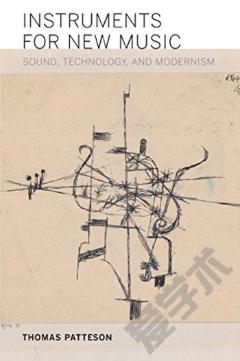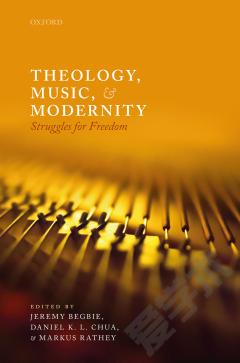Instruments For New Music —— Sound, Technology, And Modernism
----- 新音乐的乐器:声音、技术和现代主义
At publication date, a free ebook version of this title will be available through luminos, university of california press’s new open access publishing program for monographs. Visit www.Luminosoa.Org to learn more. Player pianos, radio-electric circuits, gramophone records, and optical sound film—these were the cutting-edge acoustic technologies of the early twentieth century, and for many musicians and artists of the time, these devices were also the implements of a musical revolution. Instruments for new music traces a diffuse network of cultural agents who shared the belief that a truly modern music could be attained only through a radical challenge to the technological foundations of the art. Centered in germany during the 1920s and 1930s, the movement to create new instruments encompassed a broad spectrum of experiments, from the exploration of microtonal tunings and exotic tone colors to the ability to compose directly for automatic musical machines. This movement comprised composers, inventors, and visual artists, including paul hindemith, ernst toch, jörg mager, friedrich trautwein, lászló moholy-nagy, walter ruttmann, and oskar fischinger.
{{comment.content}}








 京公网安备 11010802027623号
京公网安备 11010802027623号